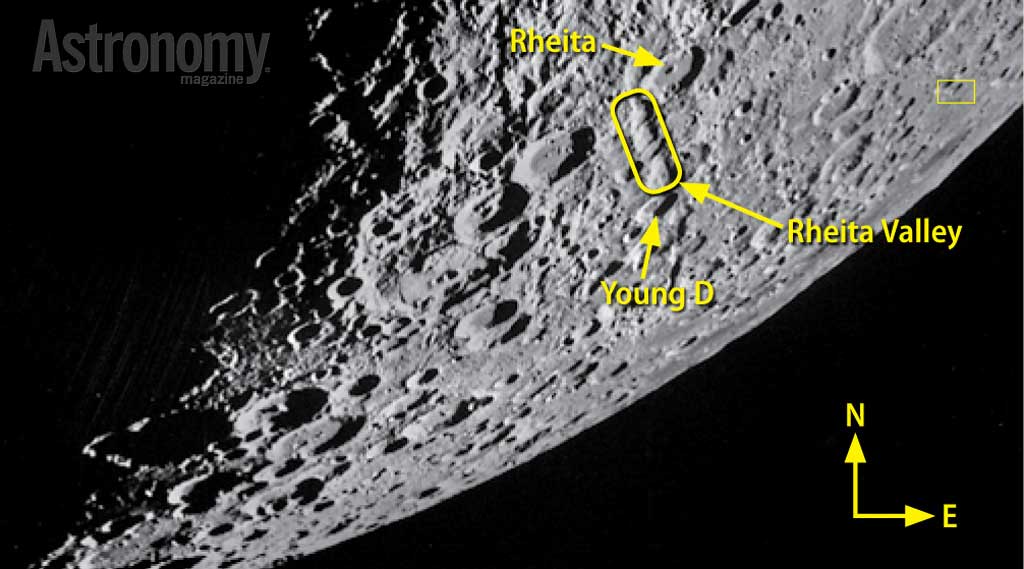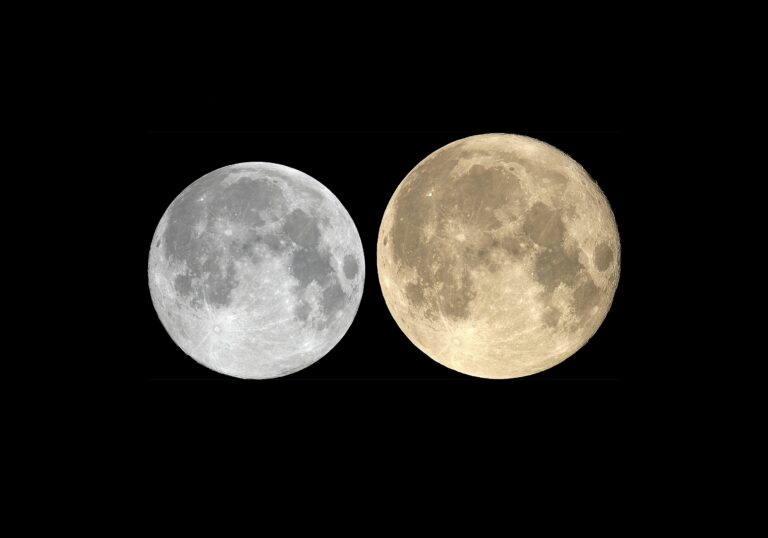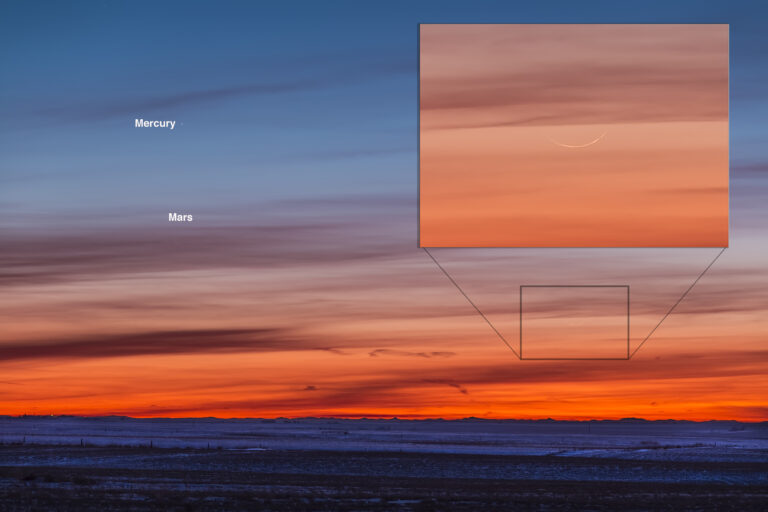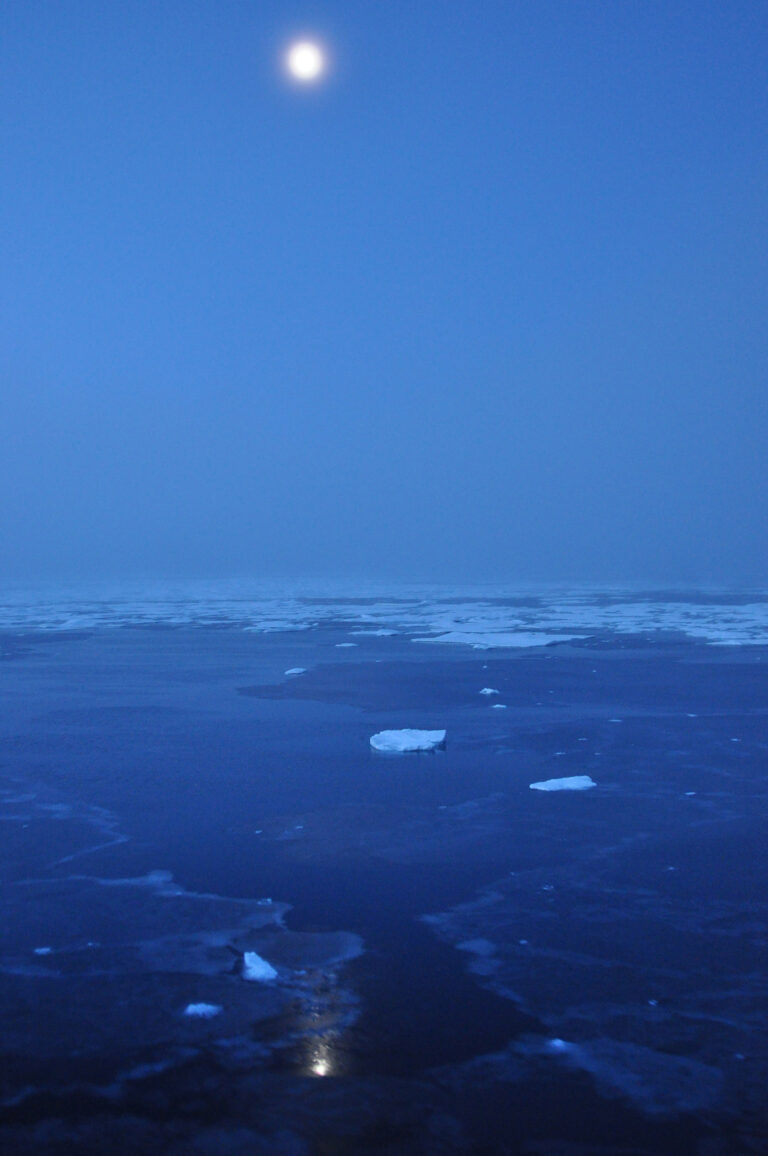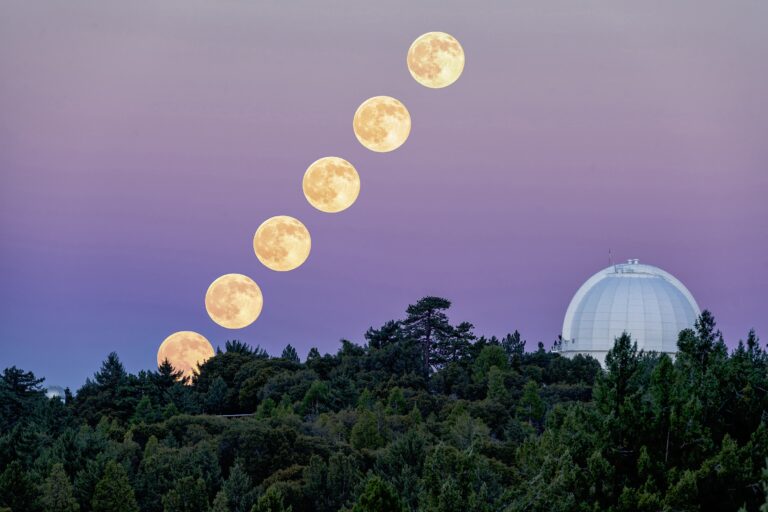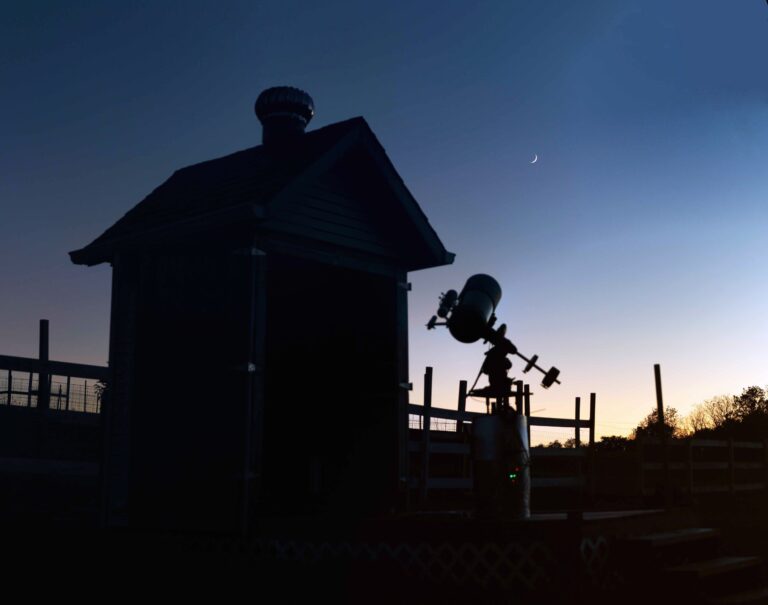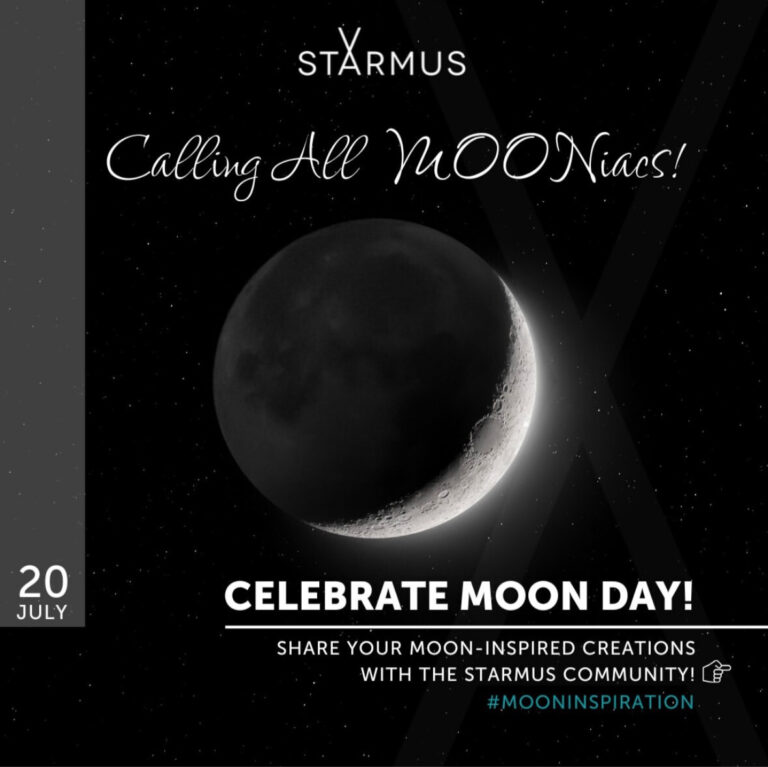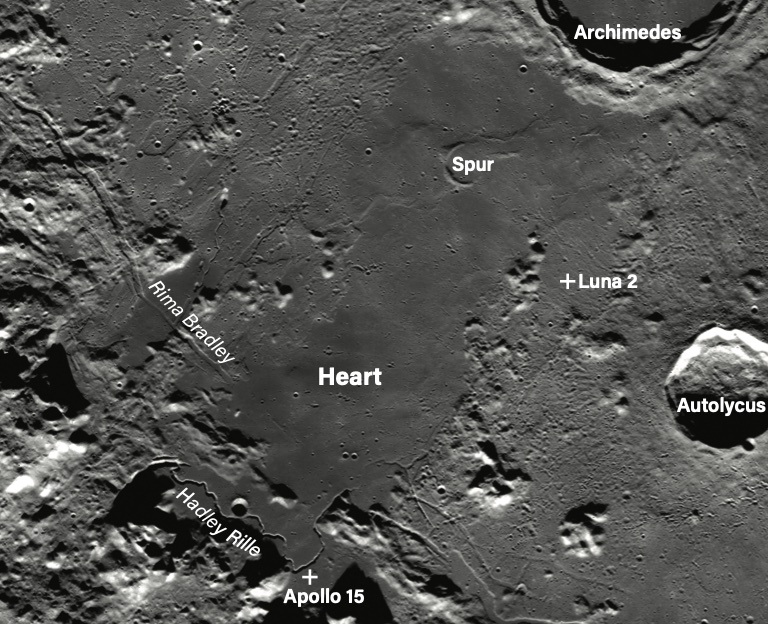Key Takeaways:
The Moon keeps its familiar face pointed toward Earth, but there are two stable positions. It also would be stable if its farside faced our planet. At the present time, there are small impacts that must kick the Moon away from perfect orientation. When that happens, it oscillates about its stable orientation in two ways. The Moon can rock back and forth in the east-west direction. This oscillation takes 1,056 days, or 2.9 years. The lunar poles also can become unstable, causing a 75-year wobble. Earth’s poles experience a similar effect called Chandler wobble.
The Moon also experiences tidal distortion from Earth’s gravitational pull.
Giant basin-forming im-pacts could have reoriented the Moon early in its lifetime. Such large impacts would have left the Moon rocking by large amounts until the friction damped the motion. These basin-forming impacts happened when the Moon was much closer to Earth.
The most obvious effect of a 180° rotation would be to face the brighter farside highlands toward Earth at Full Moon, causing it to appear about 30 percent brighter. It is unclear how much this would affect the tendency of dogs to howl at the Moon, etc. Would this have an appreciable effect on Earth’s energy budget? I can’t say precisely, but the Full Moon is about two-millionths as bright as the Sun and is only visible during part of the month, so the effect would certainly be less than one millionth of the Sun’s brightness. The Moon is not, contrary to some reports, a significant source of lighting (about one lux, vs. 50 to 500 lux for indoor lighting), but it’s better than nothing during harvest time.
Goddard Space Flight Center
Greenbelt, Maryland
[Editor’s note: This article was updated Feb. 23, 2022.]

